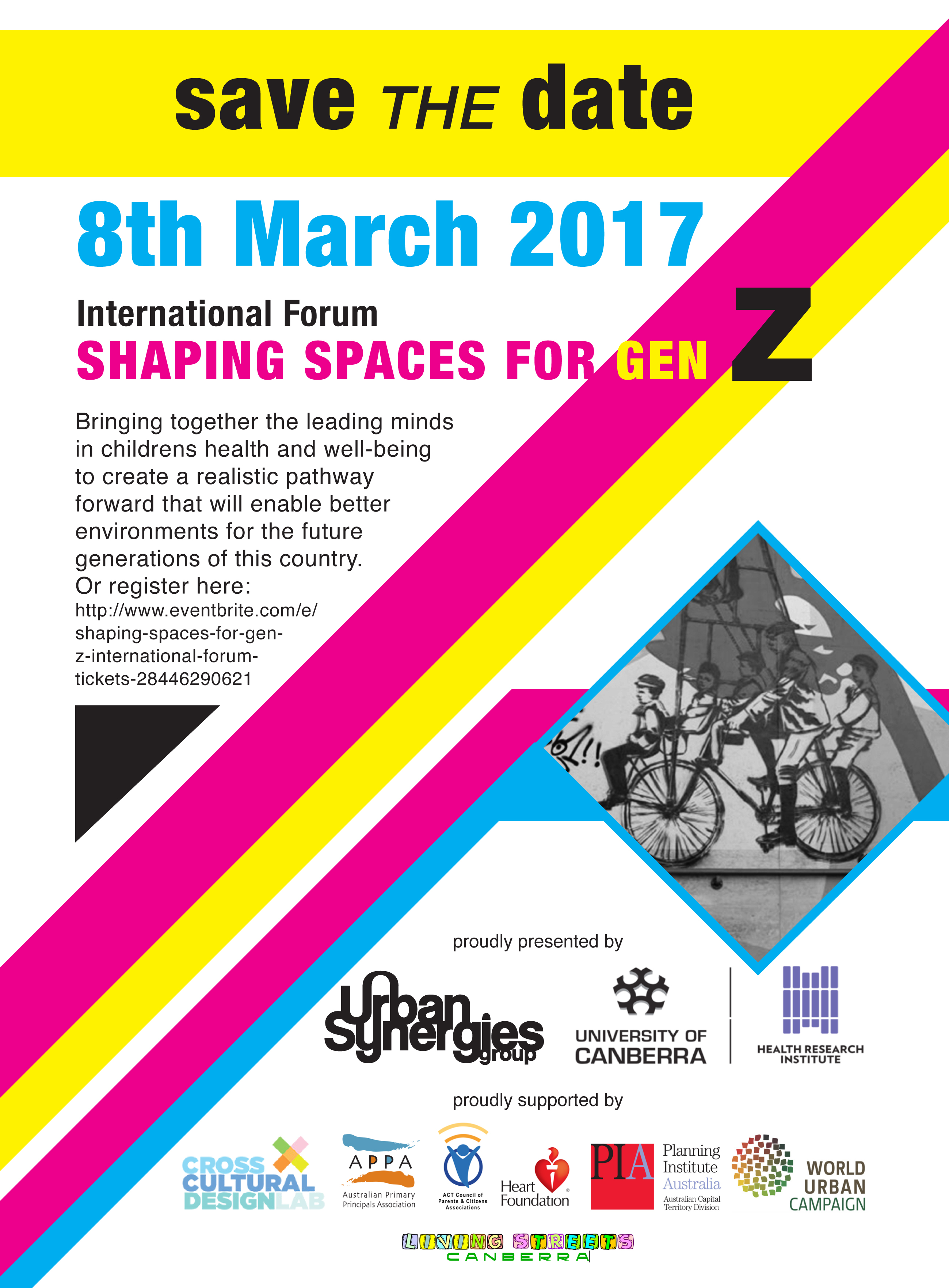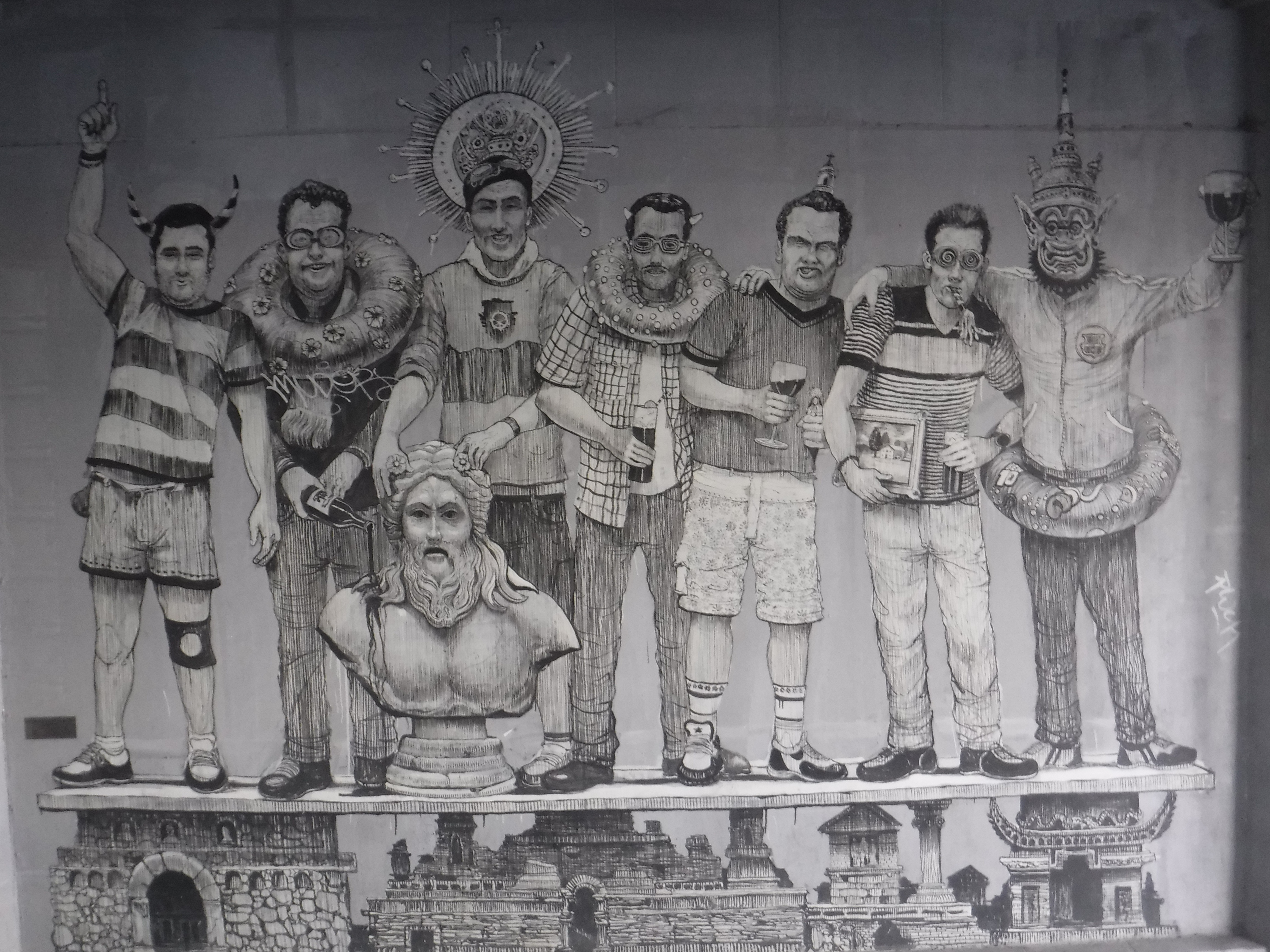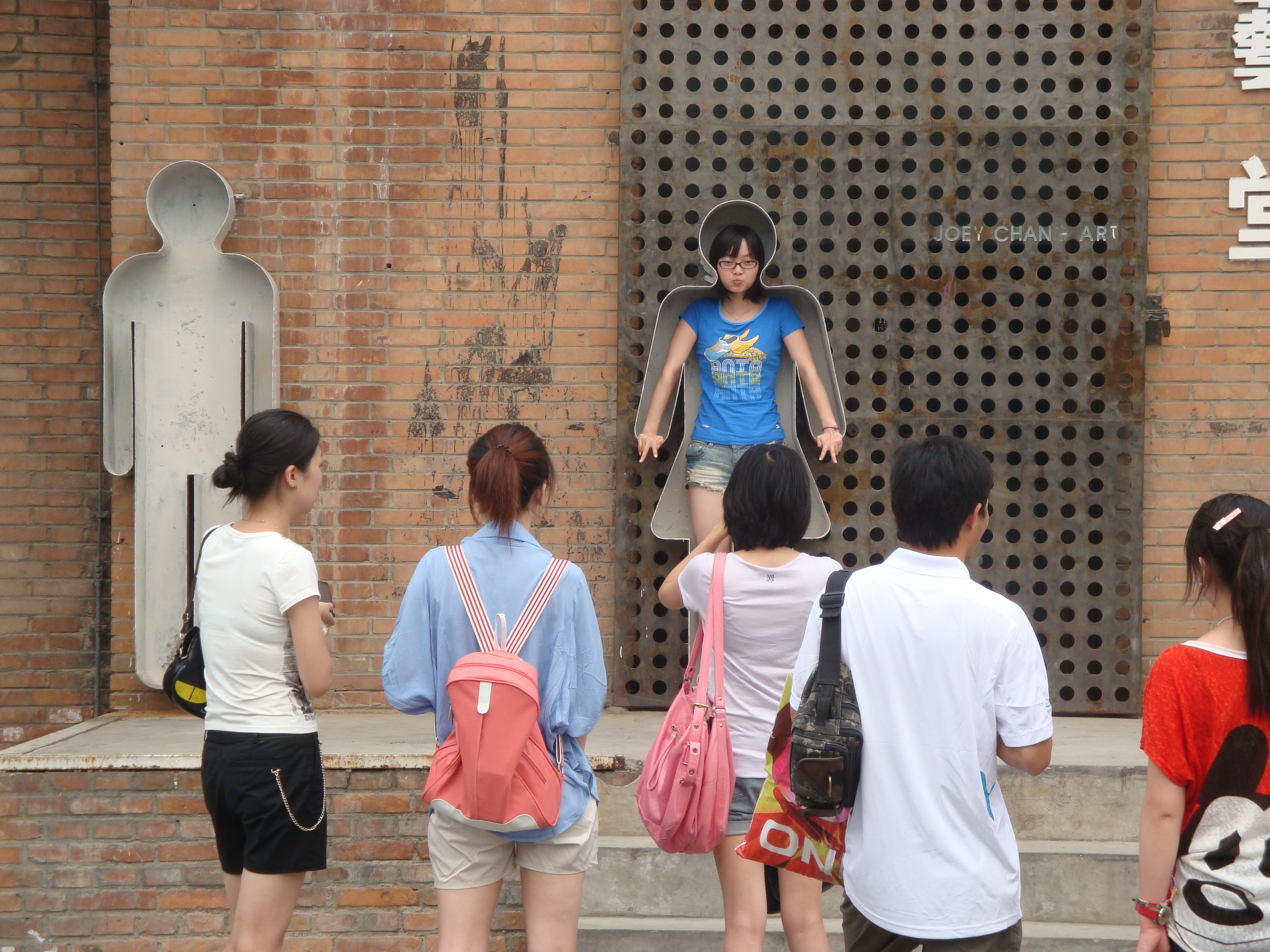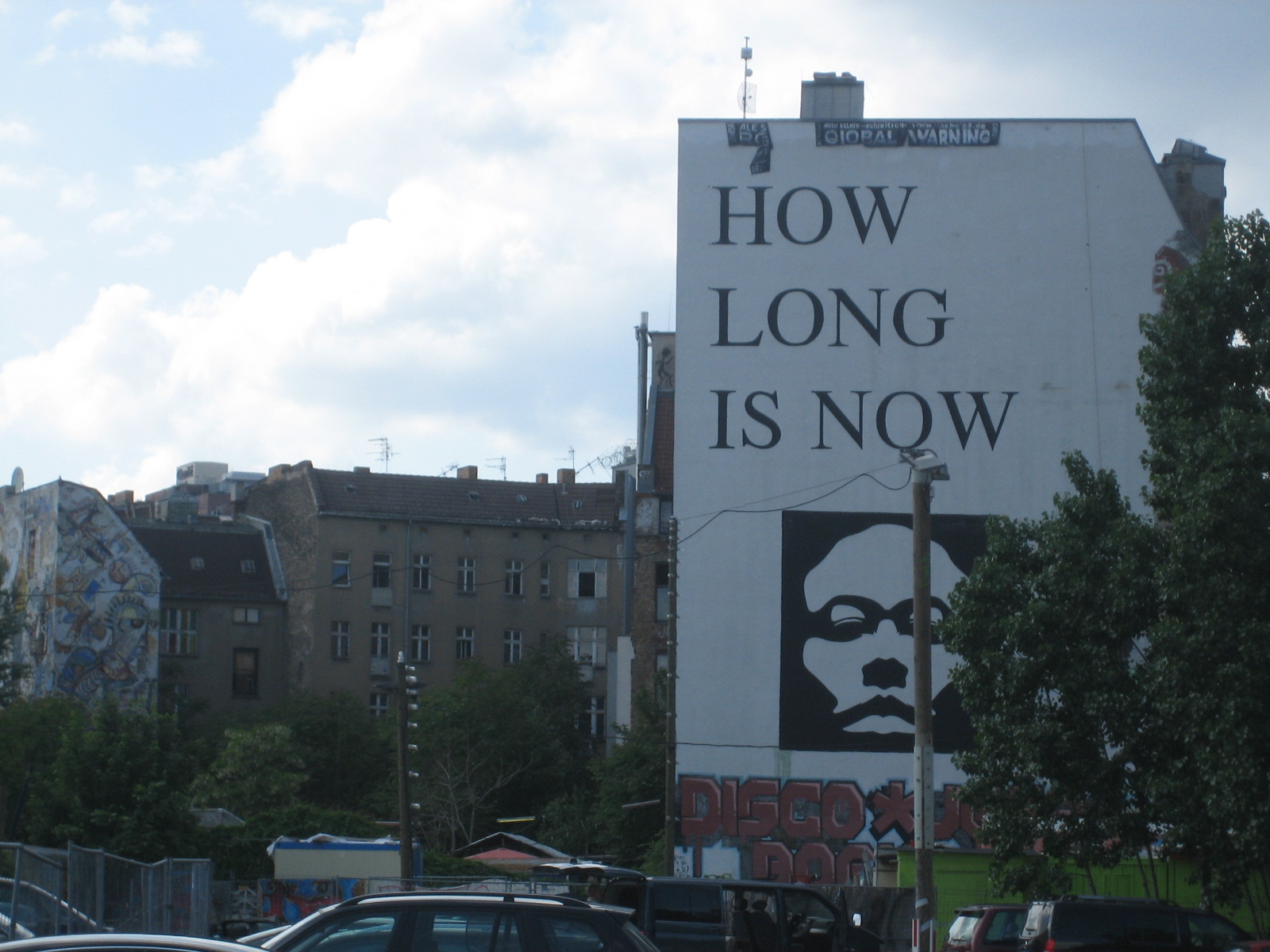Imagine a world of urban mobility where you don’t have to think about how much fuel costs today, about how long you will be stuck in traffic on your daily commute to work, about the perceived unsafe environment around your local school caused by the traffic or how hard it is to find a car park near your destination. Imagine urban systems that support a zero transport emission future, that foster social cohesion and can enable better health outcomes for all people who live, work and play there.
This scenario can work and is being executed in an open lab environment in several places around the globe. New integrative approaches, smart evidence based policy decision, long term political commitment and leadership, concerted efforts of industry, academia, governments and non government partners including holistic cost benefit modelling around sustainable transport infrastructure led to a trial of a new generation of mobility that is truly sustainable.
Eco-mobility means an integrated form of environmentally sustainable mobility that combines the use of non motorized forms of transport including the use of public transport to allow people to move in their local environments without relying on privately owned motor vehicles. It includes those forms of personal mobility undertaken by walking, bicycling, wheeling and public transport powered by renewable energies.
For example cities such as Freiburg in Breisgau (Germany), Portland in Oregon (USA), Muenster (Germany) or Suwon (South Korea) are taking on this vision.
These cities are committed to transforming their transportation systems and creating new markets for symbiotic economies with a whole of system approach that benefits all people.
How can we achieve this vision in the Australian context and can it offer benefits to all Australians living in urban systems?
We know that there is a need for ambitious cities in Australia that want to provide outstanding leadership and long standing commitment to achieving excellent results in certain dimensions of sustainable mobility. Cities that strive to reach similar results in other eco-mobility fields and increase the share of non-motorized or public transports.
The City of Sydney is one of the first that recently has shown this through political leadership.
What we need are more brave cities where citizens can enjoy a high quality of life and access goods, services, people and information in a sustainable and convenient manner. Enhancing and sustaining our natural environment while maximising efficiencies in the built form is important in working towards better overall sustainability outcomes throughout the country.
Integrated smart urban growth, renewable energy systems and sustainable transport infrastructure will support prosperity of the Australian standard of living. New incentives, intelligent long term strategic policies and guidelines can create a new paradigm model that allow new “smarter” industries to prosper, offering more employment options.
Eco- mobility, with sustainable transport infrastructure linked to renewable energy in its core, will help to improve health and wellbeing of the people living in and between our urbanised areas.
If we are committed in delivering a productive, prosperous, sustainable and healthy urban future for all people in this country, we need to set clear, transparent rules and incentives that create certainty through a brave and strategic approach in transport, land use management, planning and equitable monetary support systems.
For example this includes revealing and transferring the true cost of parking to end users, adopting a preferred cost-benefit model for walking and bicycling infrastructure. A model that includes health mortality, morbidity and quality needs assessment when prioritising investments to maximise infrastructure investment return for all tax payers. Another important example is the enhancement of synergies and value parameters between ATC National Guidelines for Integrated Passenger Transport and Land use planning with the National Guidelines for Transport System Management (NGTSM).
Recently the Moving people 2030 Taskforce released its report “Moving Australia 2030 – A transport plan for a productive and active Australia”. This document represents an important and achievable vision and path forward for the federal government.
But what does that all mean from a local perspective here in Canberra? The ACT Government released in March 2012 its Transport for Canberra with the commitment to increase the mode share target for journey’s to work up to 30 % for walking, bicycling and public transport use by 2026.
In order to achieve the targets the ACT government is currently placing its emphasis on a bus rapid transit (BRT) system, and commenced work on a more holistic and integrated policy for walking and bicycling. Also noteworthy is the planning for the Canberra Capital Metro light rail connection between Gungahlin and the city area of Canberra with potential extension towards the airport. Alongside better land use integration on corridors and increased density in town centres this should support higher patronage. A comprehensive policy response with education, proper evaluation, social marketing, supportive infrastructure such as bike’n’ride facilities and path integration shall result into better health outcomes where people who catch public transport or walk and use bicycle meet their daily physical activity intake as part of their routine.
However, change in the built form takes time as well as needing sufficient funding and a long term vision. As Paul Mees & Lucy Groenharts RMIT report “Transport Policy at the Crossroads: Travel to work in Australian capital cities 1976-2011” indicated the implementation of a reliable transport network can be achieved earlier with a slightly different approach. The question is to what price and how quickly? It is suggested “to replace its current transport policies with an approach based on the experience of cities where public transport has succeeded, not those where it has failed.” (Mees, p. 26. 2012).
- Firstly, the ICLEI Local Governments for Sustainability’s Eco- mobility Alliance offers an ideal pathway to do exactly that. It can help to create and implement innovative policy solutions around personal and truly sustainable mobility for the 21st century.
- Secondly, a more holistic and preferred approach to cost benefit for active transport infrastructure will help to build this business case.
- Thirdly, guidelines such as Heart Foundations ACT’s Active Living Impact Checklist for developments can make a meaningful contribution from the bottom up when it comes to changes in built form. Concerted effort of community, government, industry, academia and non government stakeholders is important when it come to good governance on this complex issue.
Federal support is welcome in particular if we want to increase liveability, productivity and to create resilience through better transport systems.
Learning from abroad
Transport policy history experience from Germany has shown that a substantial and long term interest in urban transport planning with a strong support from the federal government made a significant contribution in achieving integrated systems. However the new challenge is to make linkages to renewable energy use, and appropriate pricing that drives effective behaviour change to enable a new personal mobility system that can utilise peoples GIS responsive devices with one touch systems.
I’d like to call this the creation of an easy, sustainable travel “cocktail mix”. Your trip won’t be made by car use only, rather you will be part of a post personal vehicle society where you use walking, bicycling, wheeling, e- car-sharing, as well as public transport. This integrated approach in a changing society will and can enable an energy efficient, smart and healthy way of getting to and from people we care about.
Personally, at the end of my life I don’t want to be one of these people having to explain to the next generation that simply the prevailing believe in perceived ‘convenience of car’ led to global unprecedented state of the environment destruction, urban system failure and potential decline of healthy civil societies.
History has shown us that when we are confronted with a serious crisis we can come together, become innovators and create better solution that can make this world a better place. I consciously choose to help drive positive change towards a truly healthy, sustainable and equitable mobility future for all people in my city. I hope you may choose to in your community as well!
Sustainable transport infrastructure, liveability, health and prosperity – an observation




